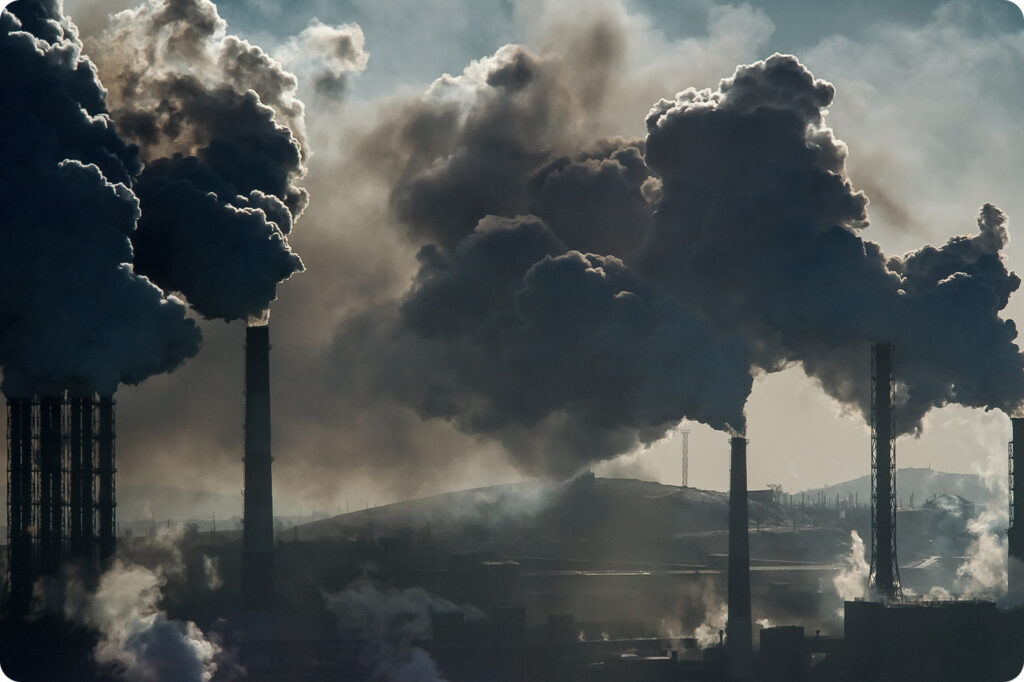The top five climate risk and disclosure stories this week.
Want access to deeper insights and curated climate news? Request a demo of our solution today.
SEC chair promotes climate rule to corporates

Securities and Exchange Commission (SEC) Chair Gary Gensler emphasized the importance of establishing clear climate risk disclosure rules for American companies at an event hosted by the US Chamber of Commerce on Thursday.
Gensler said that his agency’s disclosure rule, which is yet to be finalized, is necessary to standardize company reporting and stop US companies from having to submit to other countries’ reporting requirements, like the European Union’s Corporate Sustainability Reporting Directive (CSRD).
“There’s not consistency, there’s not necessarily comparability [with current climate disclosures]. Therein there’s a role for the SEC to try to bring some consistency and comparability and that drives efficiency in capital markets because then investors get something consistent,” said Gensler.
The SEC’s draft climate risk disclosure rule, released in March 2022, stated that publicly traded companies should include data on greenhouse gas emissions and risks such as physical damage and disruption from severe weather events in formal regulatory filings. The rule was initially expected to be finalized earlier this year, but its completion has been delayed, with many legal experts and market observers anticipating potential lawsuits.
Gensler did not provide a timeline for when the rule would be finalized. However, he cautioned that without a US rule, then US companies would likely have to comply with other jurisdictions’ climate reporting requirements. European law “has a certain reach to US companies,” Gensler said, and warned that CSRD will change the disclosure landscape in the US if thousands of companies have to comply with it.
“No US rule would mean that US companies — many of them — would be looking to other jurisdictions and need to comply with those other jurisdictions. A [US] rule, sustained in court, is then something they can at least point to [and have] discussions” about equivalence or substituted compliance with other jurisdictions.
Gensler was also asked about the proposed rule’s stance on Scope 3 emissions disclosures by public companies. He said that Scope 3 disclosures were highlighted in many comment letters sent to the agency, with companies raising “a lot of questions and doubts and concerns.” However, he explained that these disclosures are what market participants want to see. “What investors have told us in the comments they have sent us is that understanding the emissions of a company’s supply chain … helps understand transition risk.”
Following the event, the US Chamber of Commerce reiterated its opposition to the climate rule, with Tom Quaadman, Executive Vice President of the Chamber’s Center for Capital Markets Competitiveness, warning it will “impose costs equal to all disclosures companies already make.”
US federal bank regulators release climate risk framework

The Federal Reserve and other US agencies published climate risk management principles for large financial institutions on Tuesday.
The principles provide a “high-level framework” for managing climate-related financial risks. They are targeted at institutions with over US$100bn in total assets, and address both physical and transition risks associated with climate change.
The principles include recommendations on climate-related governance, policies, procedures, limits, strategic planning, risk management, data, risk measurement, reporting, and scenario analysis. They also detail how climate-related financial risks can be integrated into the management of traditional risk areas such as credit, market, liquidity, operational, and legal risks.
This final set of principles remains largely similar to draft versions previously issued by the Federal Reserve, Federal Deposit Insurance Corporation, and Office of the Comptroller of the Currency. However, it does include a clarification that the principles “neither prohibit nor discourage financial institutions from providing banking services to customers of any specific class or type, as permitted by law or regulation.” This is in response to some commenters who argued that the draft principles extend beyond the banking agencies’ authorities.
“The Federal Reserve has narrow, but important, responsibilities regarding climate-related financial risks, which are tightly linked to our responsibilities for bank supervision,” said Federal Reserve Chair Jerome Powell in a statement. “Banks need to understand, and appropriately manage, their material risks, including the financial risks of climate change.”
He added that the Federal Reserve is not a “climate policymaker” and does not have a role telling banks which businesses they can and cannot lend to.
Earth’s ‘vital signs’ critical, warn climate scientists

Earth’s “vital signs” have hit alarming levels, a global team of climate scientists revealed. In a study published in the journal BioScience, they highlight record extremes across key indicators of planetary health including Arctic sea-ice levels, ice mass loss in Antarctica and Greenland, sea level rise, and surface temperature anomaly.
This year has already witnessed 38 days with global average temperatures exceeding 1.5°C above pre-industrial levels. This is a critical threshold enshrined in the Paris Climate Agreement which countries are supposed to try and stay below. Until this year, such days were extremely rare, the researchers say.
The study also sheds light on the increase in global greenhouse gas emissions, as well as the doubling of fossil fuel subsidies from US$53bn to just over $1trn between 2021 and 2022. The authors suggest that rising energy prices due to Russia’s ongoing invasion of Ukraine may have contributed to the surge in subsidies.
The record-breaking Canadian wildfires are also highlighted as a uniquely devastating climatic event. The study says the blazes have produced around 1 billion tonnes of carbon dioxide, equivalent to the total annual emissions of Japan. The area burned could signal a “tipping point” into a new fire regime, the researchers add.
“Without actions that address the root problem of humanity taking more from Earth than it can safely give, we’re on our way to the potential collapse of natural and socioeconomic systems and a world with unbearable heat and shortages of food and freshwater,” said the report’s lead author, Dr Christopher Wolf of Oregon State University.
IEA says fossil fuel demand will peak by 2030

World demand for oil, natural gas, and coal will peak this decade based on current government policies, the International Energy Agency (IEA) predicts.
In its latest World Energy Outlook, the IEA describes what the global energy mix of 2030 should look like if current policy trends persist. This would be a world with almost 10 times as many electric cars on the road as there are today, solar PV producing more electricity than the entire US power system does at present, and renewable energy making up nearly half the global energy mix.
Nevertheless, the IEA warns that fossil fuel demand remains too high to achieve the Paris Climate Agreement’s goal of limiting global temperature rise to 1.5°C. While the agency’s latest outlook predicts coal consumption will drop sharply after 2030, it estimates oil and gas usage will remain near peak levels for the following two decades.
“The transition to clean energy is happening worldwide and it’s unstoppable. It’s not a question of ‘if’, it’s just a matter of ‘how soon’ – and the sooner the better for all of us,” said IEA Executive Director Fatih Birol. “Governments, companies and investors need to get behind clean energy transitions rather than hindering them.”
A major factor behind the IEA’s latest outlook is the changing role of China in energy demand growth. The agency says the country “is undergoing a major shift” as its economy slows and restructures after decades of runaway growth. The outlook says China’s energy demand should peak around the middle of this decade.
Australia aligns with international climate reporting norms

On Monday, the Australian Accounting Standards Board (AASB) proposed new climate-related financial disclosure requirements for companies and financial institutions.
The Exposure Draft, ED SR1, aims to standardize and strengthen corporate climate reporting. It is based on the sustainability and climate disclosure standards issued by the International Sustainability Standards Board (ISSB) earlier this year, called IFRS S1 and S2.
ED SR1 comprises three draft standards. The first, ASRS 1 General Requirements for Disclosure of Climate-related Financial Information, is modeled on IFRS S1 but limits its scope to climate-related financial matters. The second, ASRS 2 Climate-related Financial Disclosures, uses IFRS S2 Climate-related Disclosures as a foundation. Lastly, ASRS 101 References in Australian Sustainability Reporting Standards acts as a “service standard” that will be updated from time to time to include relevant versions of non-legislative documents published in Australia and foreign documents referenced in the other two Standards.
The Exposure Draft is open for consultation until March 1, 2024.
The publication of the draft standards follows a consultation by the Australian Treasury into sustainability reporting, which received strong feedback in favor of aligning Australian rules with international reporting norms. If the Treasury’s initial plan for rolling out the standards remains unchanged, the first companies would be required to publish disclosures aligned with the standards from July 2024.

